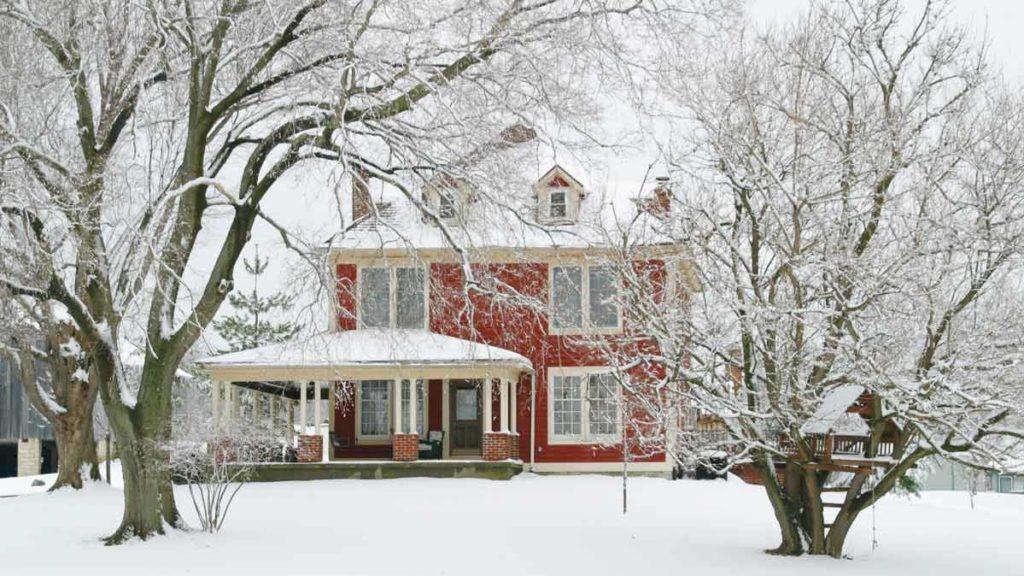When the wintertime hits, it’s important to make sure your home (inside and outside) are prepared for the colder weather and what it brings—mainly, snow. It doesn’t have to be super expensive to winterize your home, either. You can actually do these things on a budget and will be able to bang out the chore list pretty quickly.
Here are a few ways you can start winterizing your home for the next chilly season.
- Clean out your gutters. Obviously, this is important to do multiple times throughout the year (mainly, at the end of fall and at the beginning of spring) because it will help you in a multitude of ways. Cleaning out your gutters before the winter hits will ensure that you don’t have icicles or ice dams from clogging up your gutters when there isn’t anything stuck in the way. If you have water building up in your gutters, then you might find that the gutters and even your roof might start to rot from all the gunk that gets moldy and builds up.
- Flush your hot water heater. Before the winter hits, you’ll want to make sure that your hot water heater is functioning properly before the cold weather hits so that you have hot water and heat in your home. Flushing your hot water heater will make sure you clear out all the sediment and build up that acquires in the heater over time.
- Insulate your windows. If your home gets chilly in the wintertime, then you can insulate the windows by covering them with plastic wrap to make sure that the draft doesn’t get into your home. It’s a cheaper way to make sure that you’re able to keep your heating bill lower, too, because you won’t need to crank your heat as high.
- Change heating filters. If you want your heat system to work properly, you’ll need to change the filters in your air conditioning and heating systems. They can build up with dust over time, which will spew out into your home when you turn on the AC or heat.
- Protect your pipes. If you don’t protect your pipes before the wintertime hits, your pipes can freeze and burst. Then you’ll really find yourself in a pickle when you have a massive leak in the winter that you’ll then have to deal with.
- Clean out your fireplace. Before you light up your fireplace, you’ll want to make sure that you sweep the chimney and remove any obstructions. It might be best to hire a professional in these times because it could be tricky to reach the top and make sure you clean the entire thing. Additionally, there are sometimes squirrels or other animals that build nests in your chimney that you’ll need to have professionally removed (and you’ll want to call a professional to take the animals to a shelter or rescue so that they aren’t killed).
- Save your plants. Any plants that you have outside that aren’t perennials and won’t last through the winter should come inside so they can be warm and cozy until the weather changes again.
Image via Consumer Reports.
